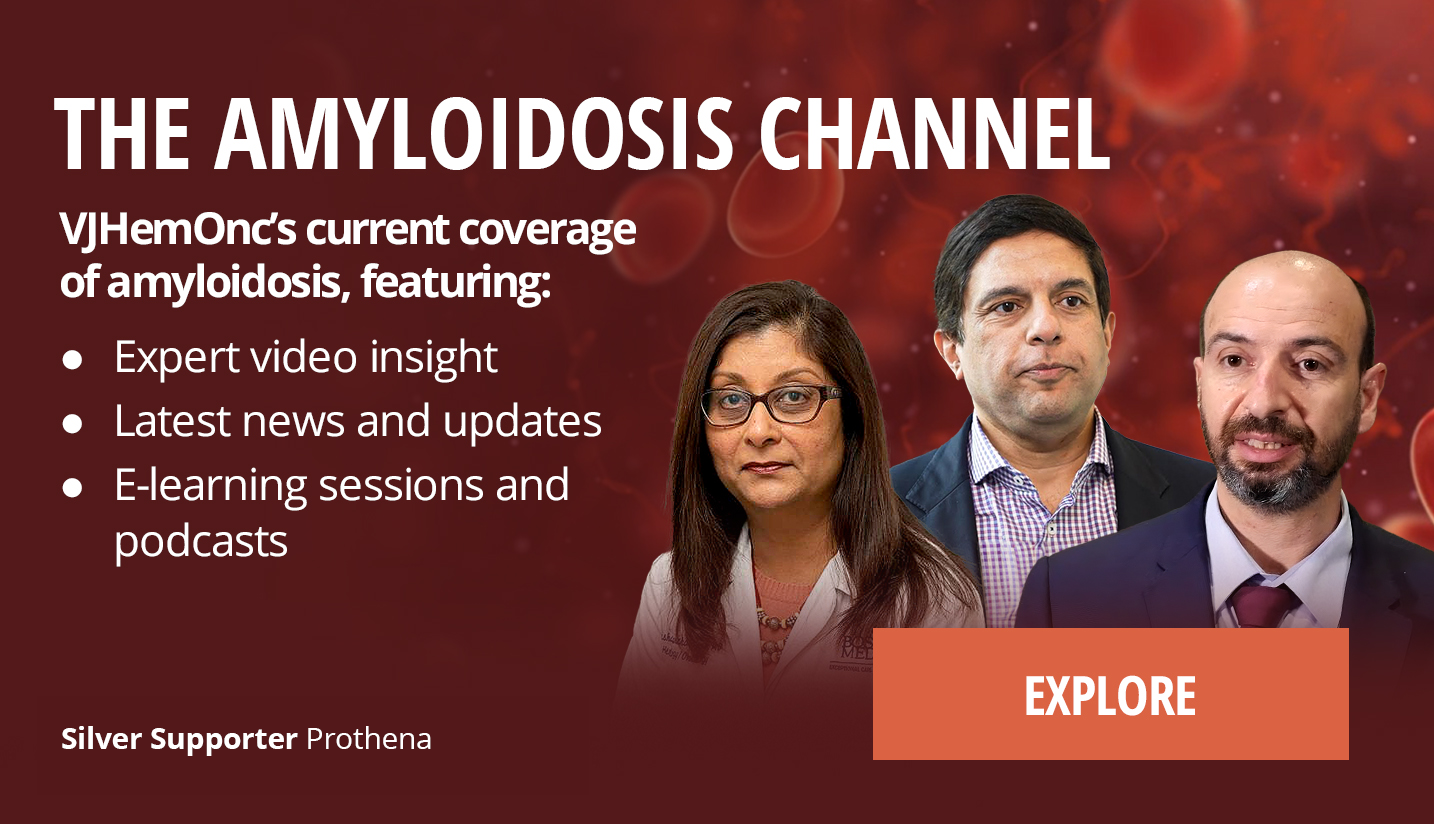The Amyloidosis Channel on VJHemOnc is an independent medical education platform, supported with funding from Prothena (Silver). Supporters have no influence on the production of content. The levels of sponsorship listed are reflective of the amount of funding given.
Educational content on VJHemOnc is intended for healthcare professionals only. By visiting this website and accessing this information you confirm that you are a healthcare professional.













